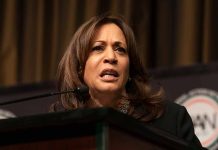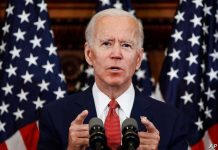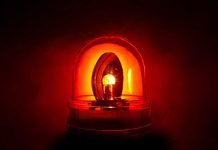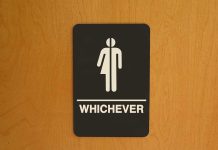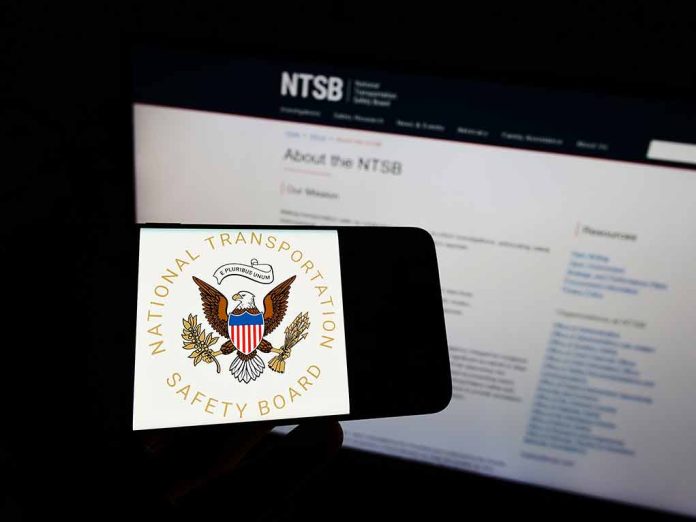
(USNewsBreak.com) – A cargo ship struck the Francis Scott Key Bridge in Baltimore, Maryland, sending it careening into the river below on Tuesday, March 26, just before 1:30 a.m. Eight road workers occupied the structure at the time, filling in potholes. Authorities rescued two and recovered the bodies of another two in the days after the calamity. Search efforts came to a pause after that. The tragedy has shone a spotlight on the bridges in the US and has raised questions about whether something similar could happen again.
Other Bridges at Risk
On the day of the collapse, National Transportation Safety Board (NTSB) chair Jennifer Homendy noted in a news conference that the Francis Scott Key Bridge was one of more than 17,000 structures deemed “fracture critical,” a term that refers to a lack of reinforcing features in the design. Most of them are smaller and in the nation’s interior. Such bridges require more frequent special inspections.
Despite its designation as “fracture critical,” the Francis Scott Key Bridge came down because the cargo ship Dali hit one of its piers, or vertical supports. That caused a chain reaction, and the span essentially folded under pressure, falling into the Patapsco River. Some speculate the bridge’s age had a bit to do with it. Yet, experts cautioned that the growing size of ships — the Dali is 984 feet long and weighs 95,000 tons — also threatens modern structures.
Modern-Day Requirements
Modern bridges are among the safest because they include reinforcing structures that help them hold up to traffic, and independent barriers known as “dolphins” and “fenders” surround their supports. Designers include dolphins anchored to channel beds to deflect ships from the structure and fenders to absorb impacts, respectively.
The Francis Scott Key Bridge differed from many others in the US in that it stood very tall, offering a vertical clearance of 180 feet, which allowed most ships to travel safely under the bridge. The design made it easy for the vessels to access ports for deliveries. It’s a critical part of trade.
Risks Identified
With the unthinkable in mind, other bridges have been identified that have some of the same characteristics and could face some of the same risks. Five are on the West Coast — Tacoma Narrows Bridge, Lewis and Clark Bridge, St. Johns Bridge, San Francisco-Oakland Bay Bridge, and the Golden Gate Bridge. Three others — the George Washington Bridge, Verrazzano-Narrows Bridge, and Chesapeake Bay Bridge — are on the Northeast Coast.
Most of these structures have received ratings of fair or better. However, according to The Wall Street Journal, Transportation Secretary Pete Buttigieg said while speaking at the White House that the NTSB investigation would help inform rules, inspections, and creation of bridges going forward. He acknowledged that he was clear that a bridge built in the 1970s simply wasn’t created to handle that kind of impact.
Copyright 2024, USNewsBreak.com

